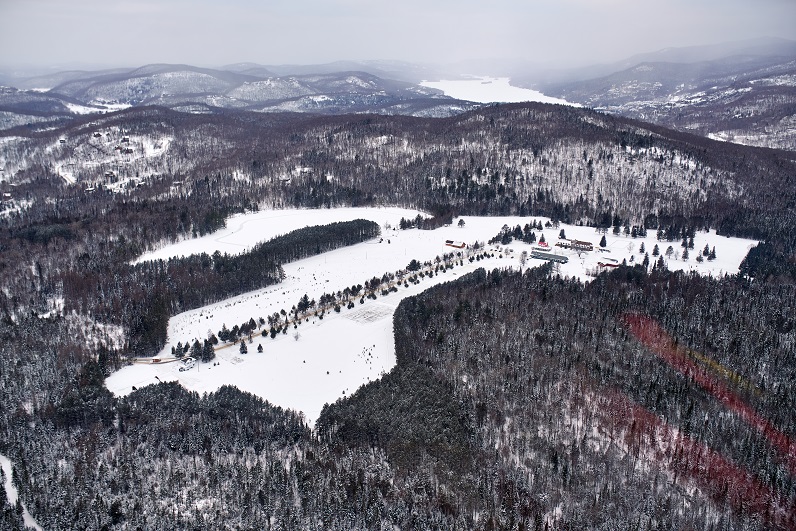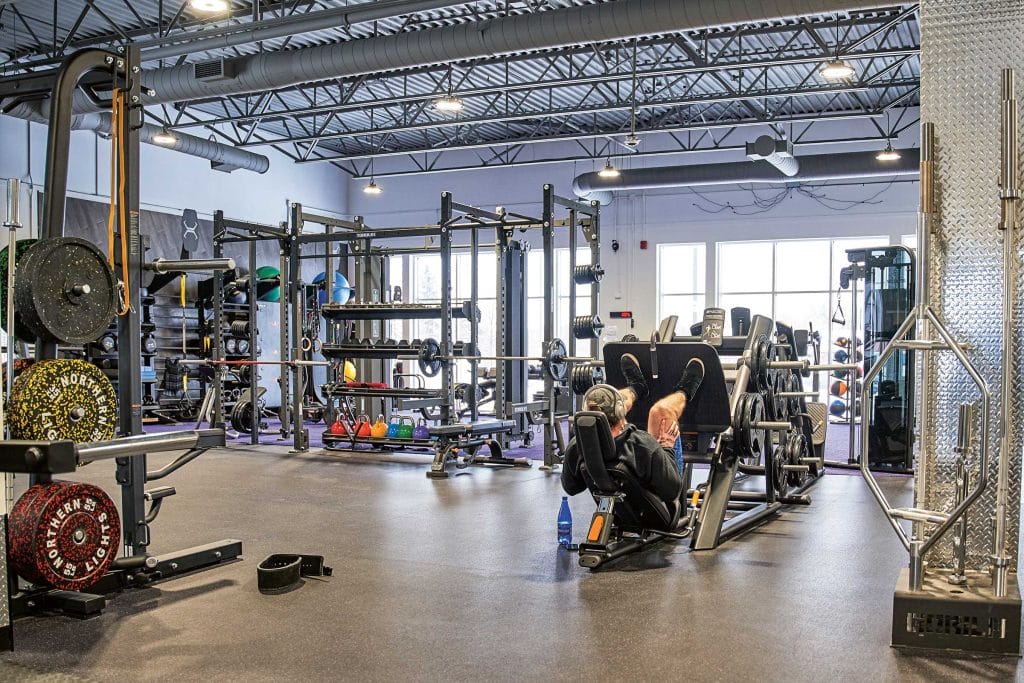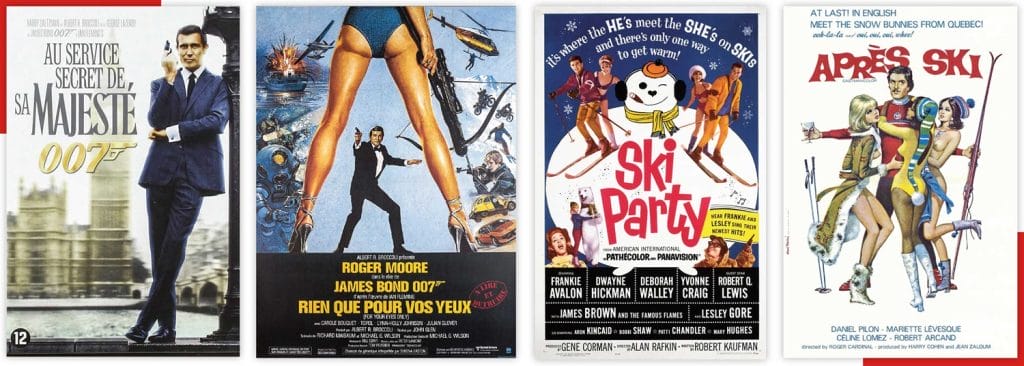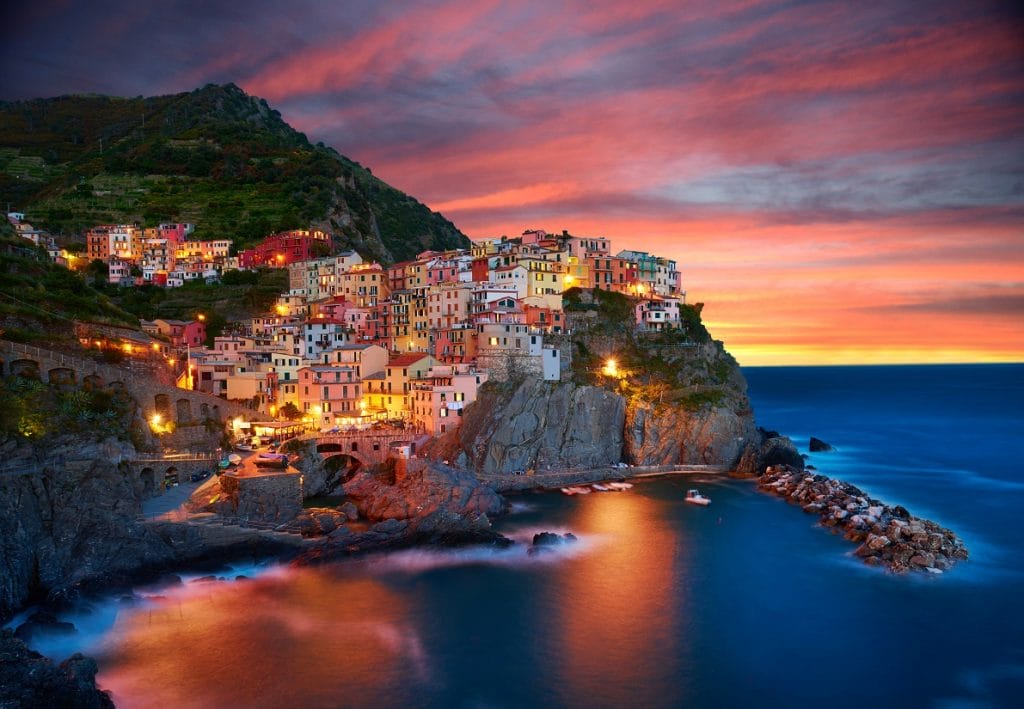Priceless lessons for the outdoors (Part one)
By Jeff Swystun
A 1927 tourist booklet for Canada stated, “The out of doors appeals to every normal, healthy individual. We revel in the bigness, the freshness and the wholesomeness of it all”. Nature shifted from survival to recreation early last century. Since then, important lessons about the outdoors have been lost or forgotten and modern conveniences have made us complacent.
This series shares critical outdoor lessons. There were many catalysts for the topic, including Grandma Gatewood, the first woman to solo hike the 2,190-mile-long Appalachian Trail. The year was 1955 and she was 67. Grandma wore Keds sneakers and carried a blanket, raincoat and plastic sheet inside a homemade bag.
That was a simple ensemble compared to early female hikers who wore a wool skirt, coat, blouse, neckerchief, and felt hat. Over time, skirts gave way to knickers and high boots. Men wore suits and ties or resembled lumberjacks and prospectors. Photos reveal people wearing large packs and carrying rope. Still, traveling light was a priority.
Thomas Holding’s Campers Handbook from 1908 recommended 20 pounds of gear including tent, oil stove, quilt, food, and inflatable pillow. His advice on clothing: “nothing loose, nothing tight”.
This leads us to three proven practices
First, carry a compass. Even experienced hikers are too reliant on technology. I pack like I don’t have a cellphone. That influences what I bring. For five dollars, you can own a combination whistle, thermometer and compass. All are fantastic friends in the wild. Compasses help with multi-leg journeys, but I use it for point of origin.
At the trailhead, I aim the compass at my Jeep. That is my primary reference and helps me relocate the trail or my origin in times of trouble. This would have saved Appalachian Trail hiker Gerry Largay. She left the trail to relieve herself and lost direction, eventually succumbing to the elements. Sadly, Largay was just 2,000 feet from the trail and a cellphone.
People ask what I take to drink. History and experience have taught me to pack two insulated one-litre bottles. These hold hot water. Stop packing ice water and energy drinks. Hot water is best for superlative hydration.
George Sears wrote for Forest and Stream in the 1880s. He popularized ultralight camping and backpacking. Sears said, “I have often tried coffee, whisky or brandy, and long experience convinces me that there is nothing so restful and refreshing as green tea”. Early hikers steeped hemlock needles or put a stone under the tongue to moisten the mouth.
Last fall, I hiked 24 kilometres. Over seven hours, I enjoyed hot chicken broth that hydrated me and provided energy. One litre of hot water and one of broth will suffice for days.
The third tip concerns poles. They take pressure off the legs and help balance. I rarely use poles but when I do, they are old solid ski poles. And I never put my hands through the straps; that makes a fall worse. I prefer a hiking stick. A free hand is smart in many situations. The stick is always in the downhill hand which is better than two equally sized poles on a slope.
I collect sticks on hikes and bring them home. These are cut to size, sanded, painted and varnished. They can be used hiking or as rustic décor. You will go farther and more safely carrying a compass, hot water and a stick. Look for Part 2 in this series.
Get a chance to win a hiking stick
Meanwhile, what is the difference between a knapsack, backpack and rucksack? Send your answer through the Tremblant Express website and a lucky winner will receive a hiking stick. Be safe, have fun.
More from this author by clicking on his picture below.


Jeff Swystun48 Posts
Conférencier prolifique et écrivain, Jeff a donné plus de 115 conférences dans 25 pays. L'expertise de Jeff en matière de stratégie d'entreprise, de stratégie de marque et de marketing a mené à l'ouverture de Swystun Communications en 2012. / A prolific speaker and writer, Jeff has appeared at over 115 conferences in over 25 countries. Jeff’s expertise in business strategy, branding and marketing led to the opening of Swystun Communications in 2012. SC is a boutique agency focused on the intersection of business and brand strategy.







0 Comments